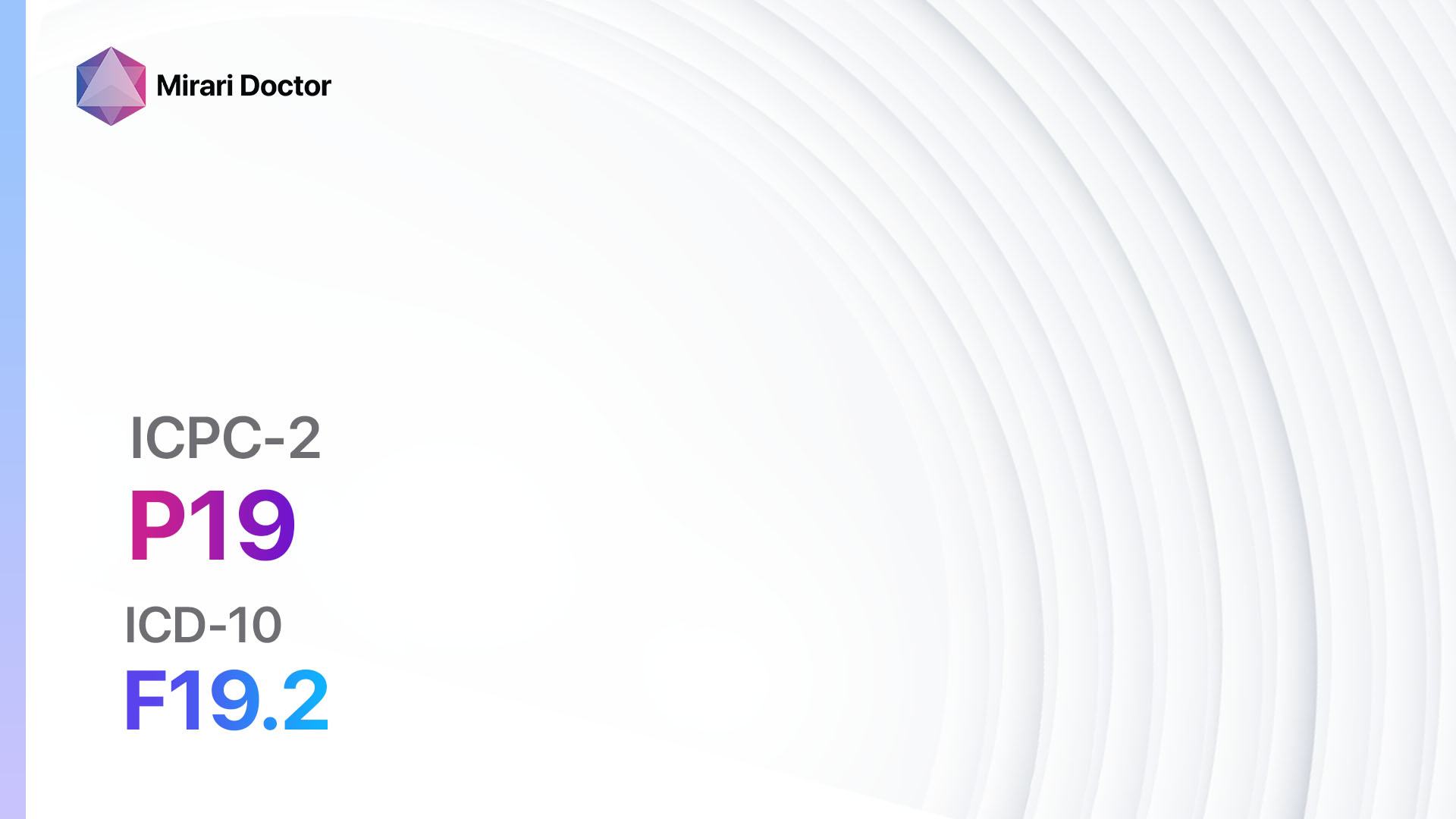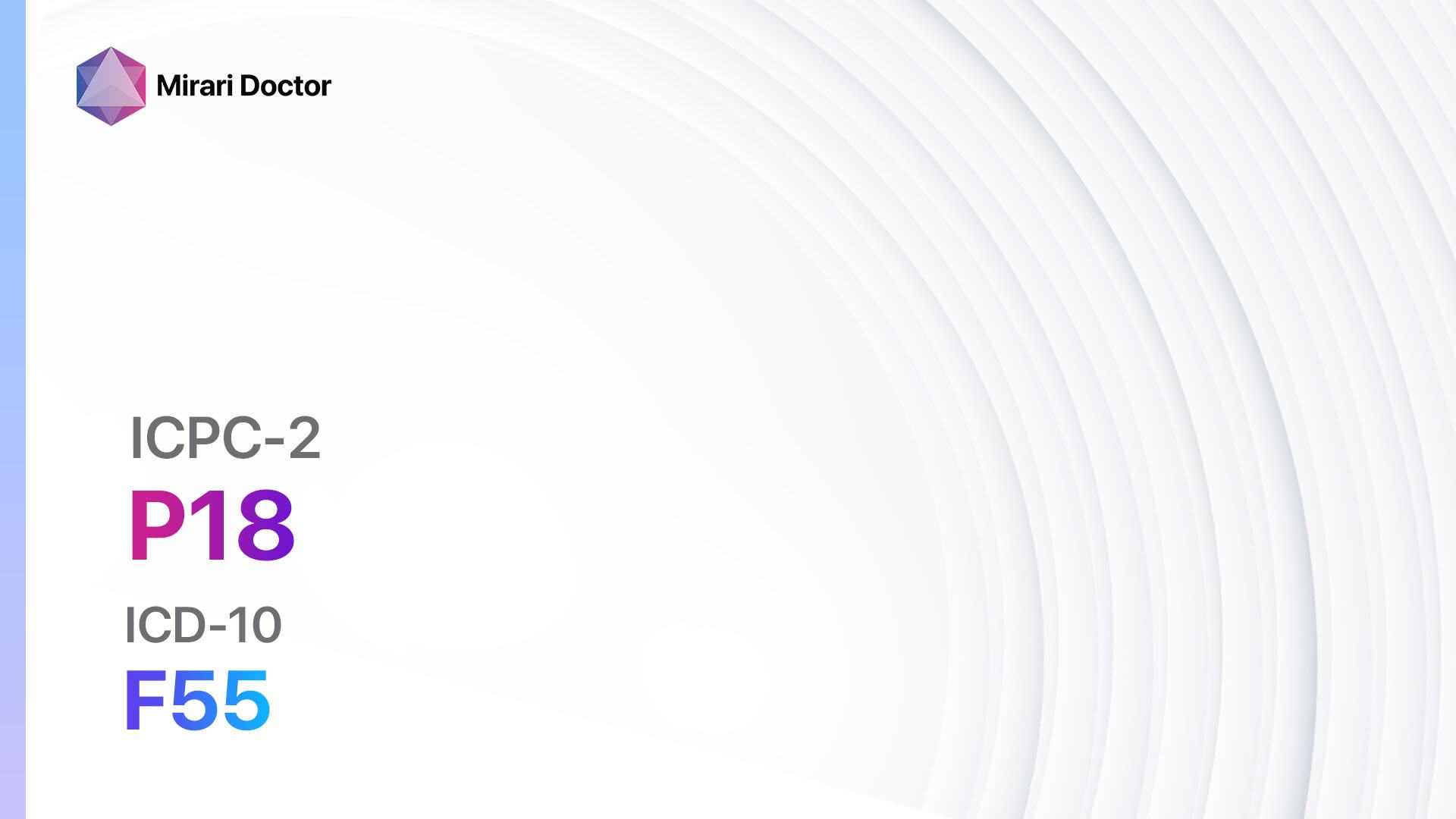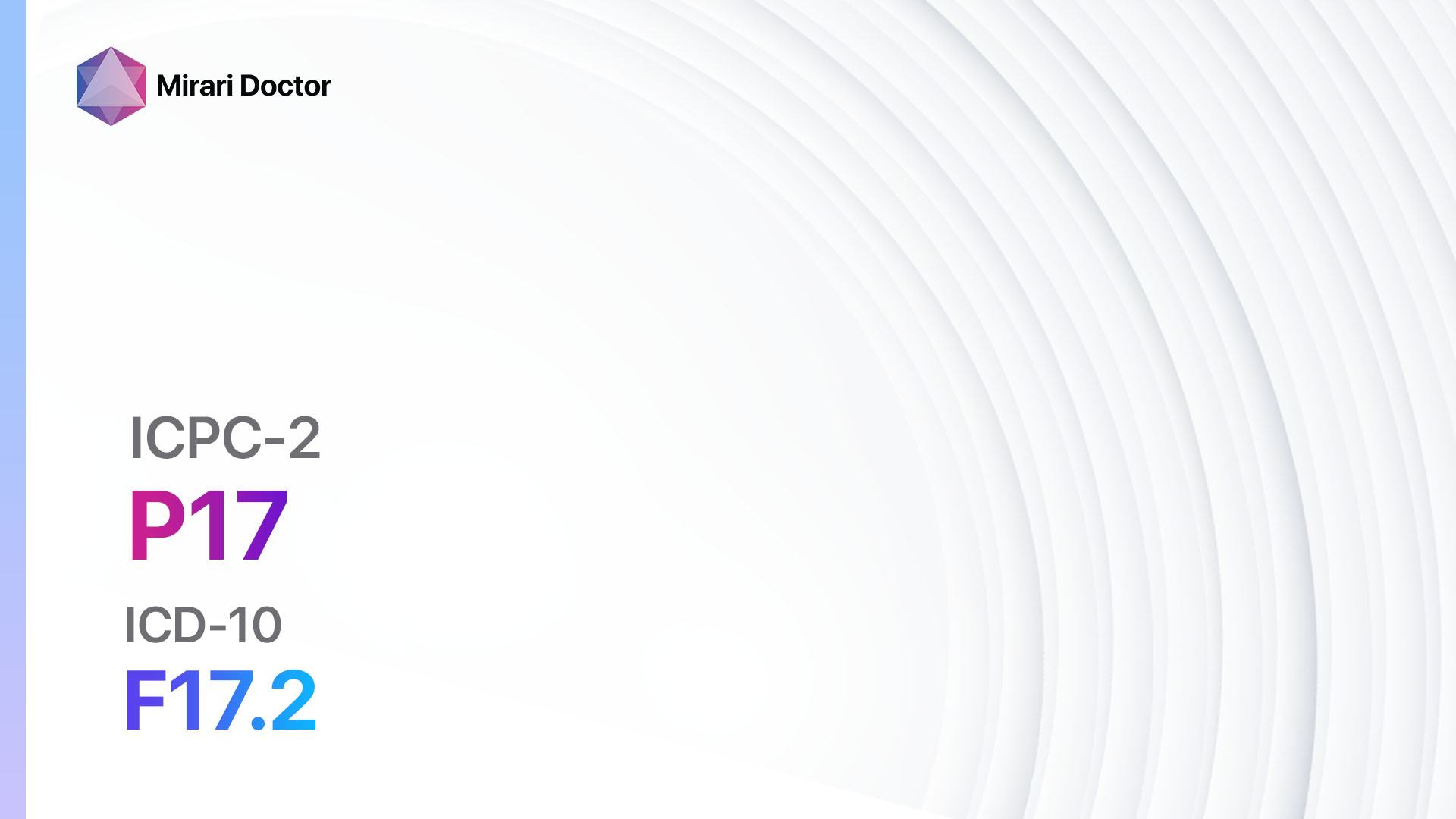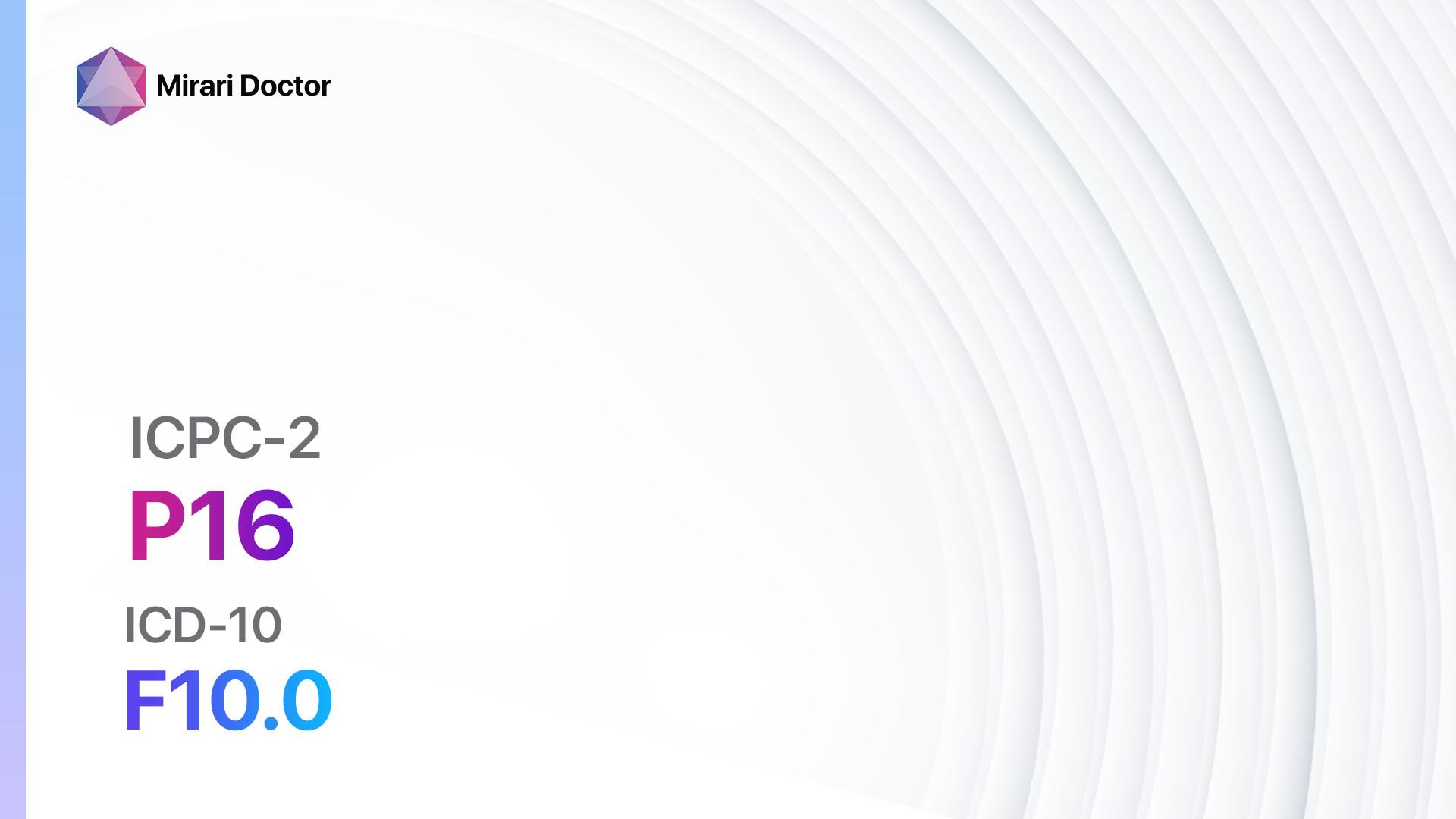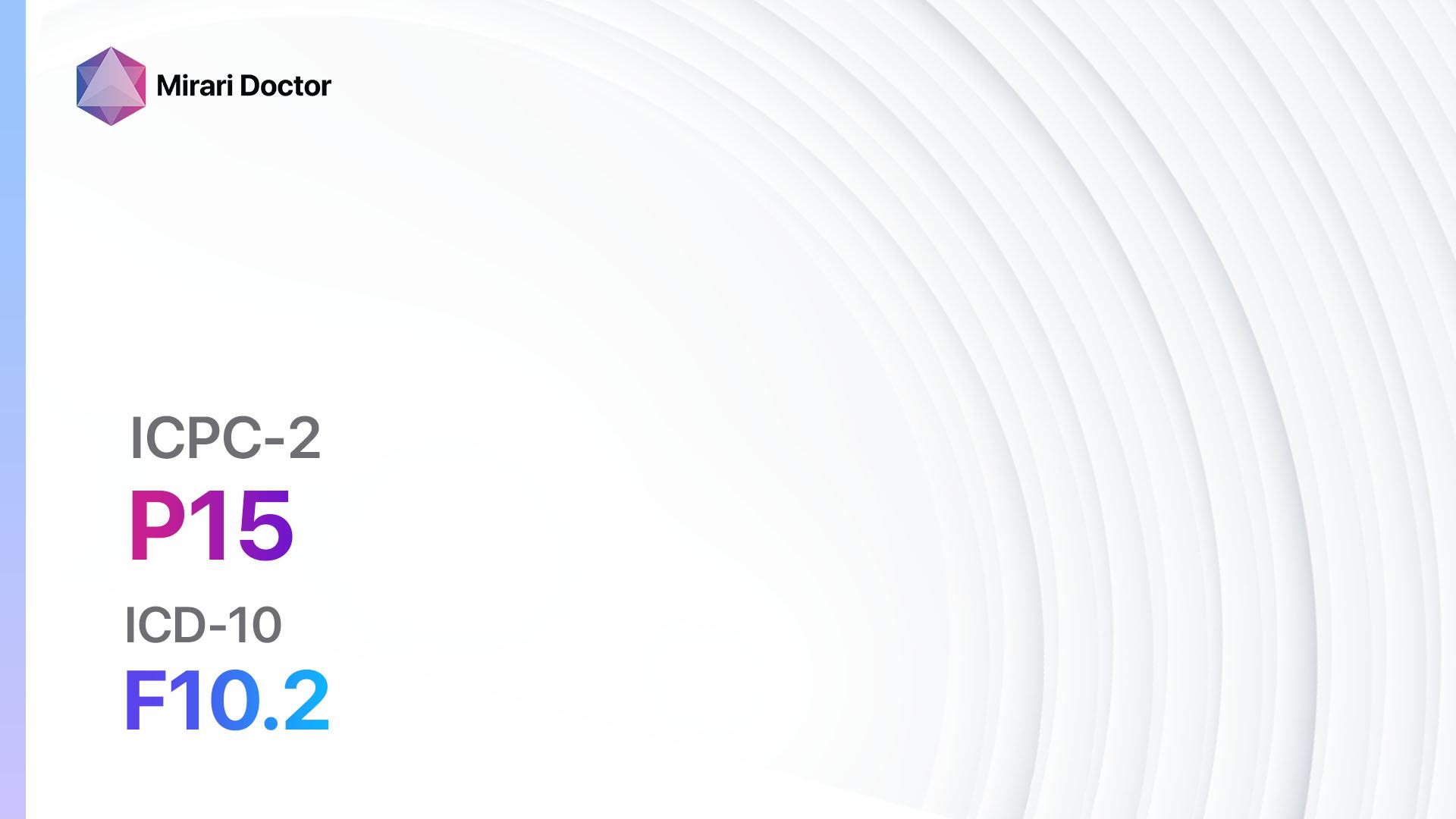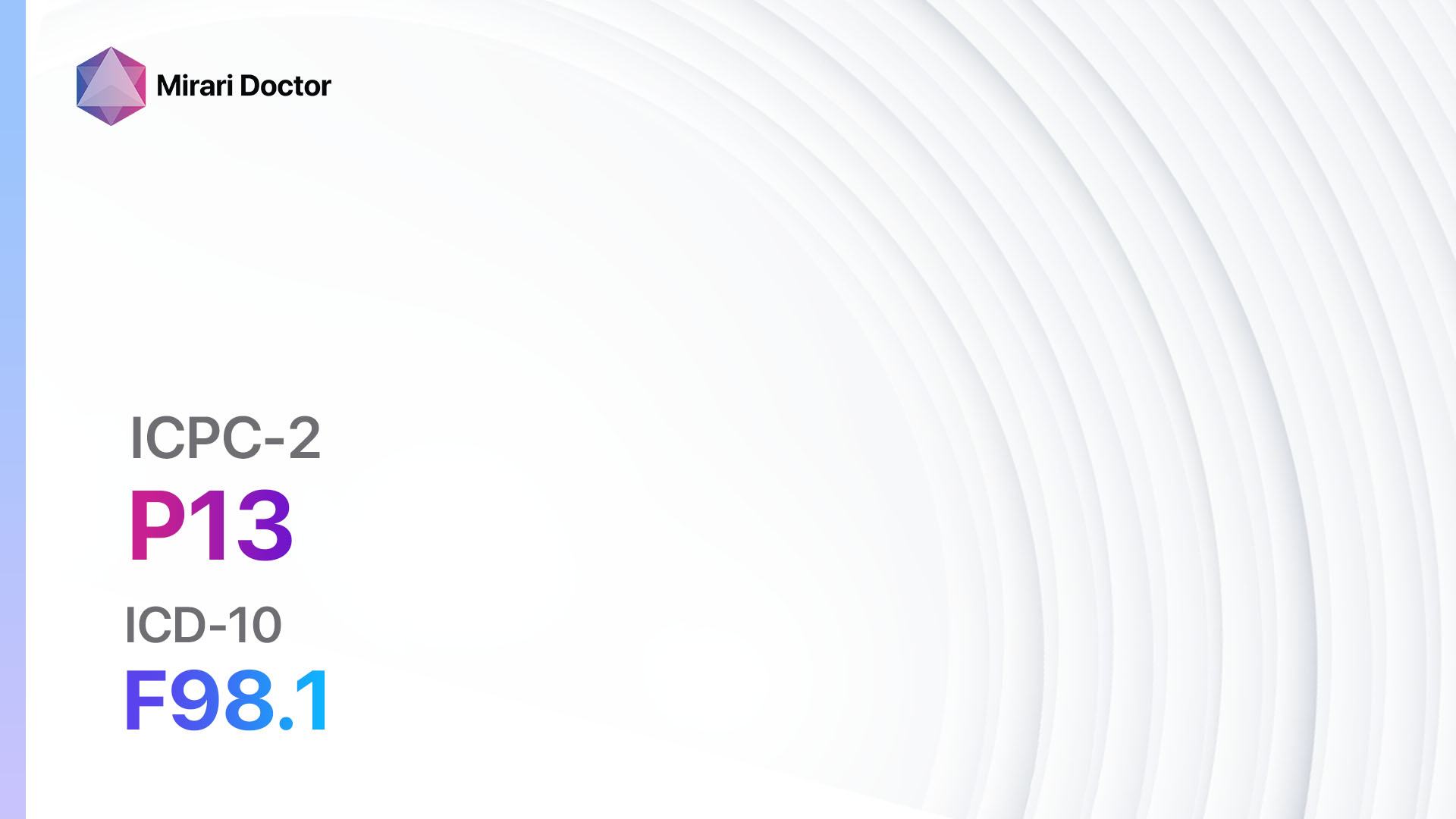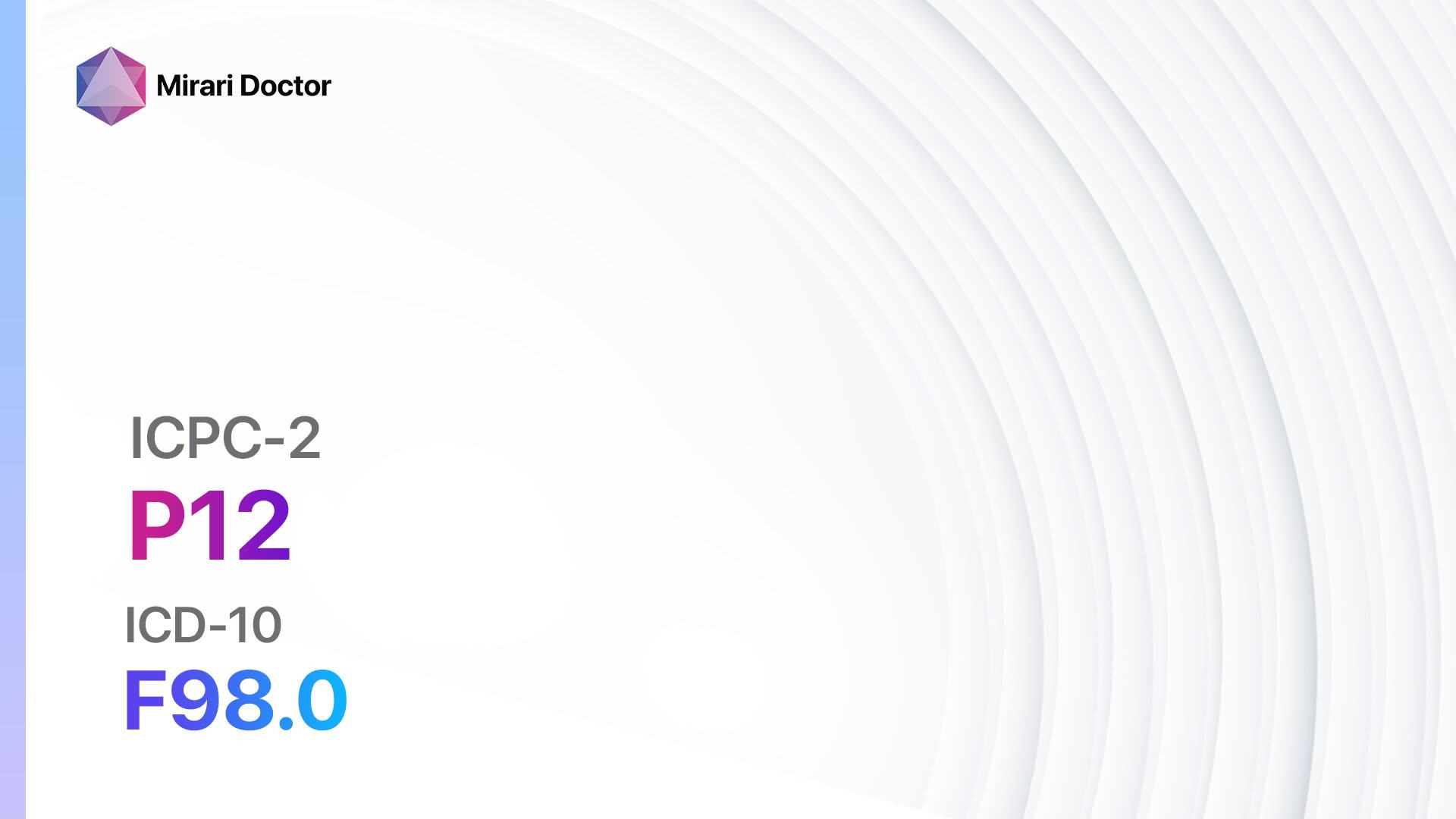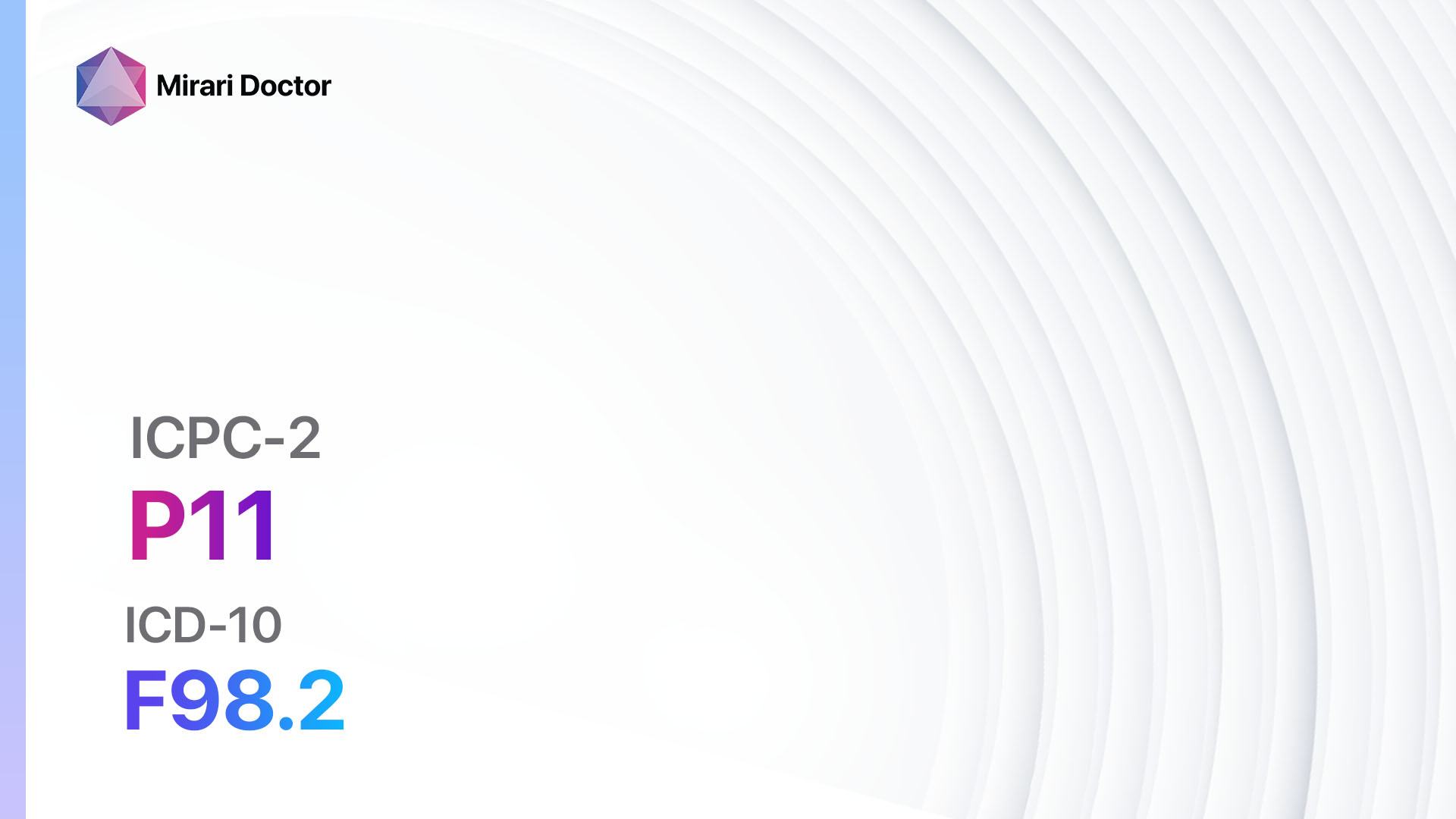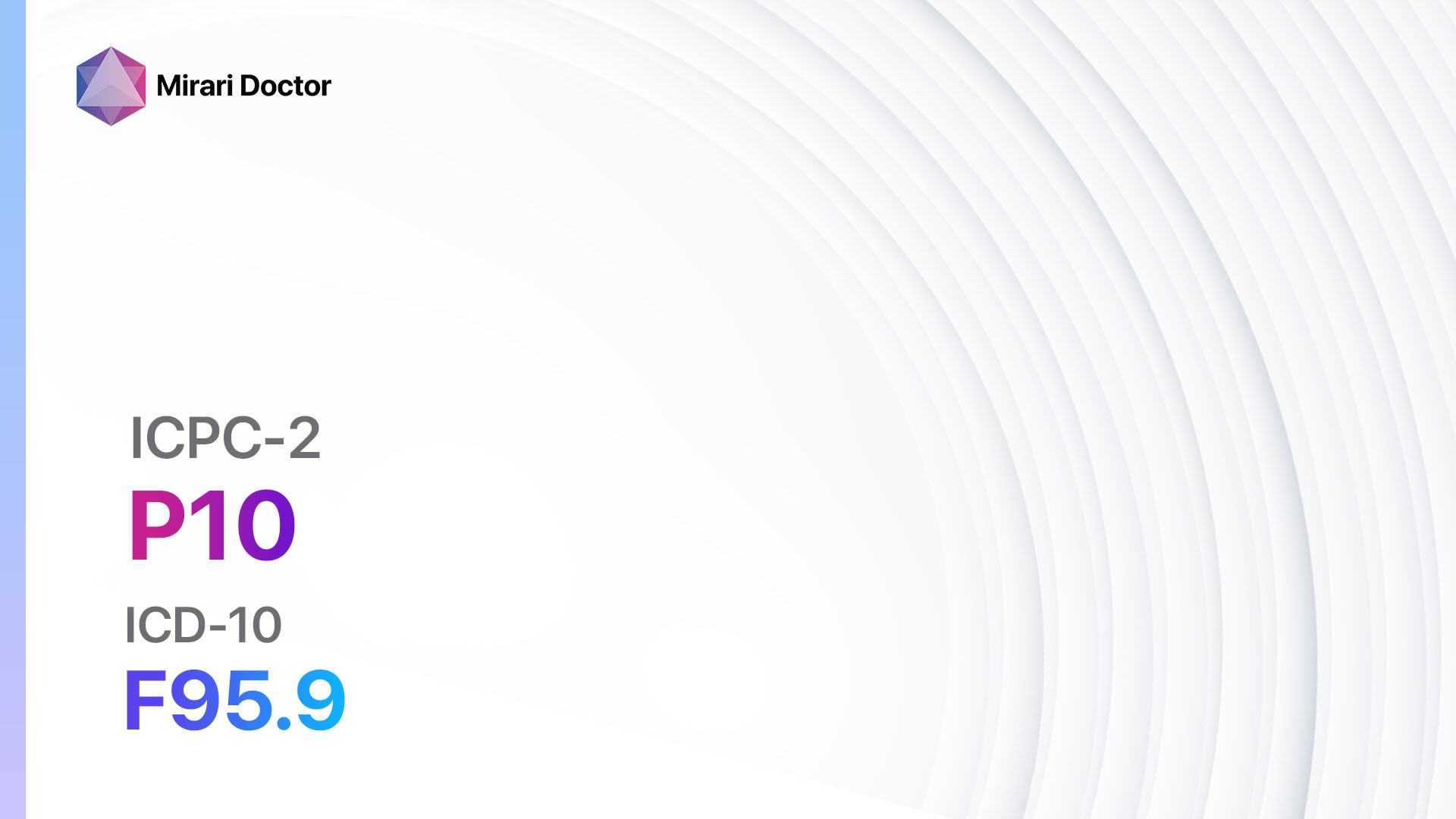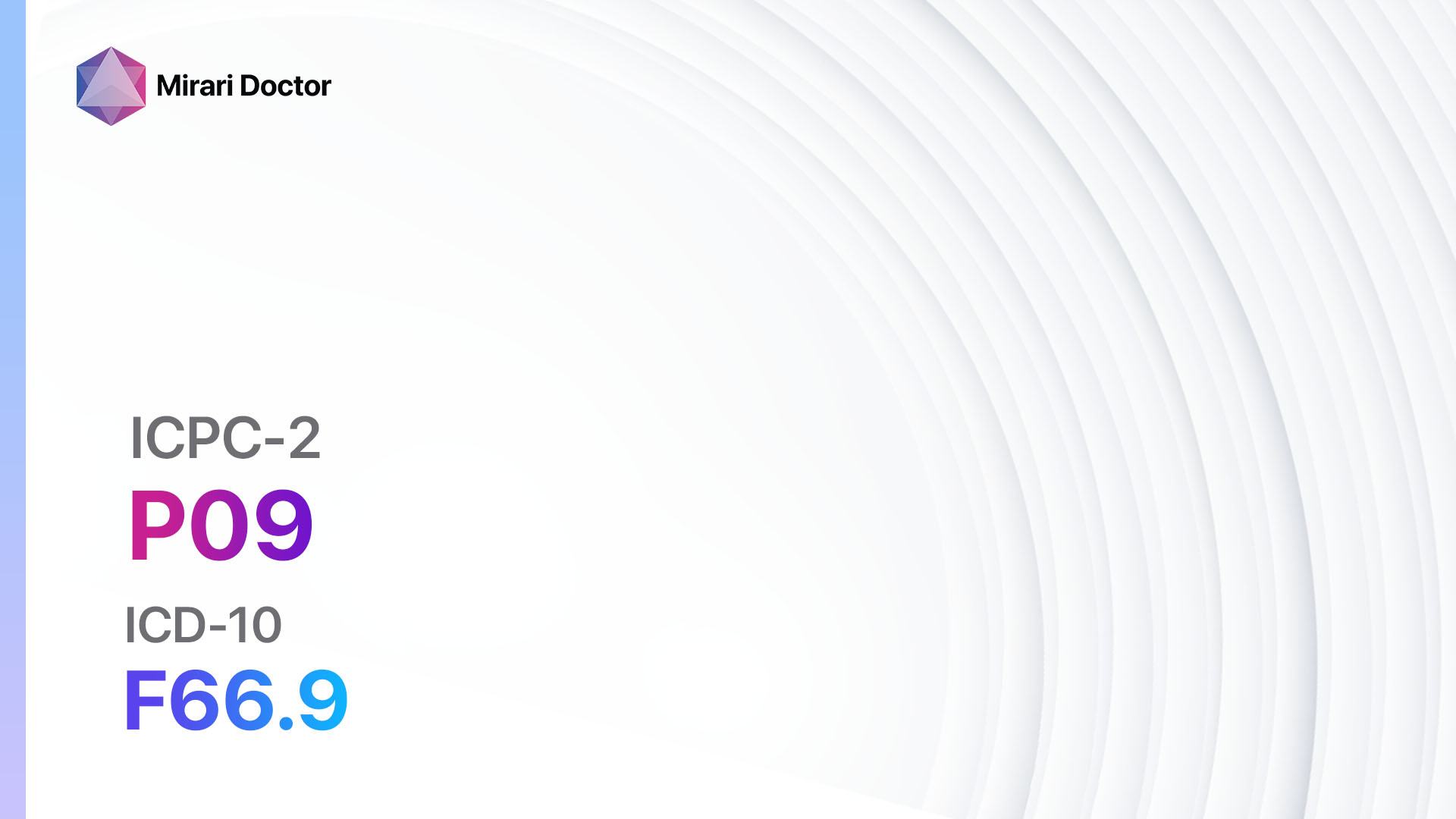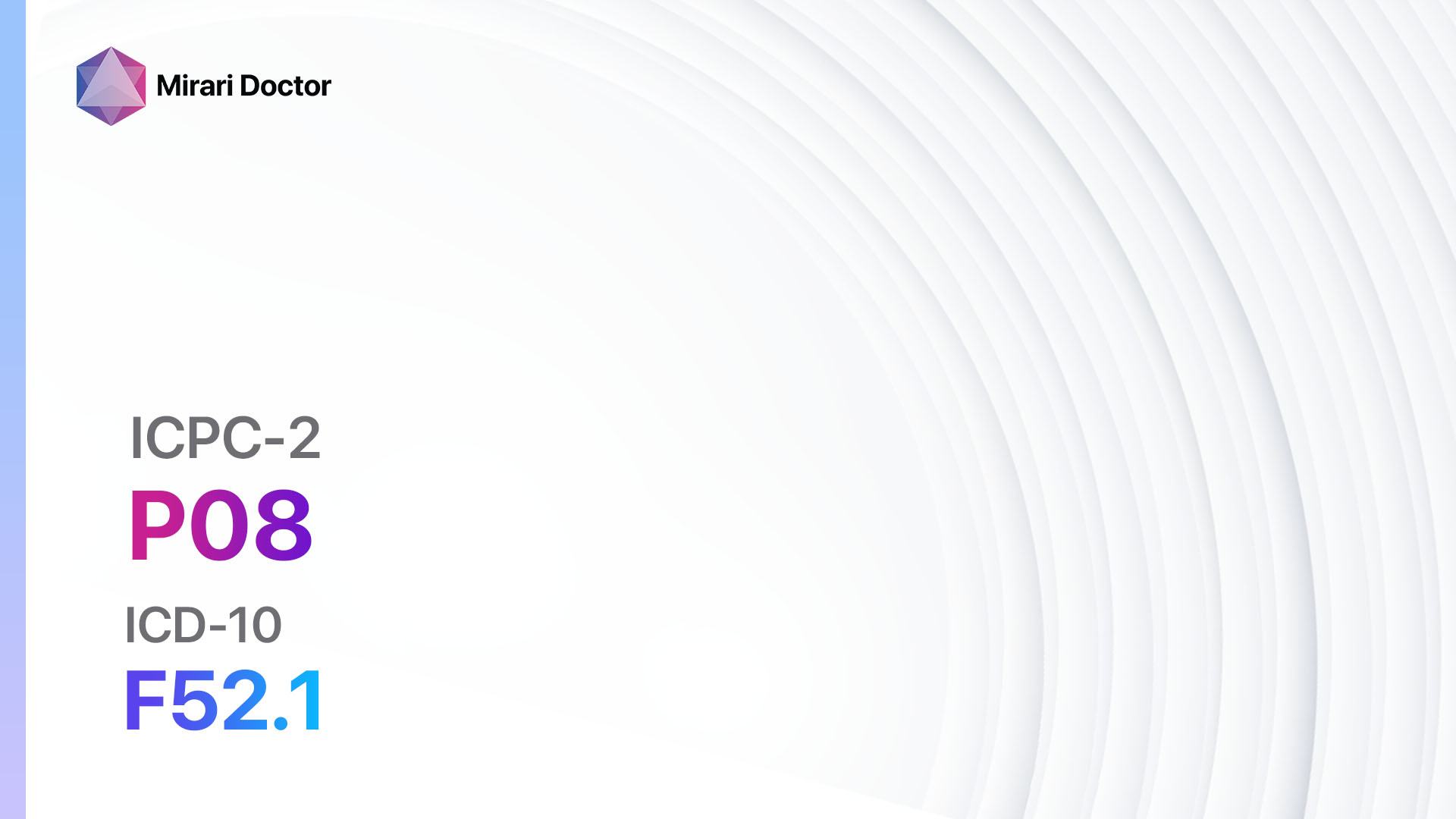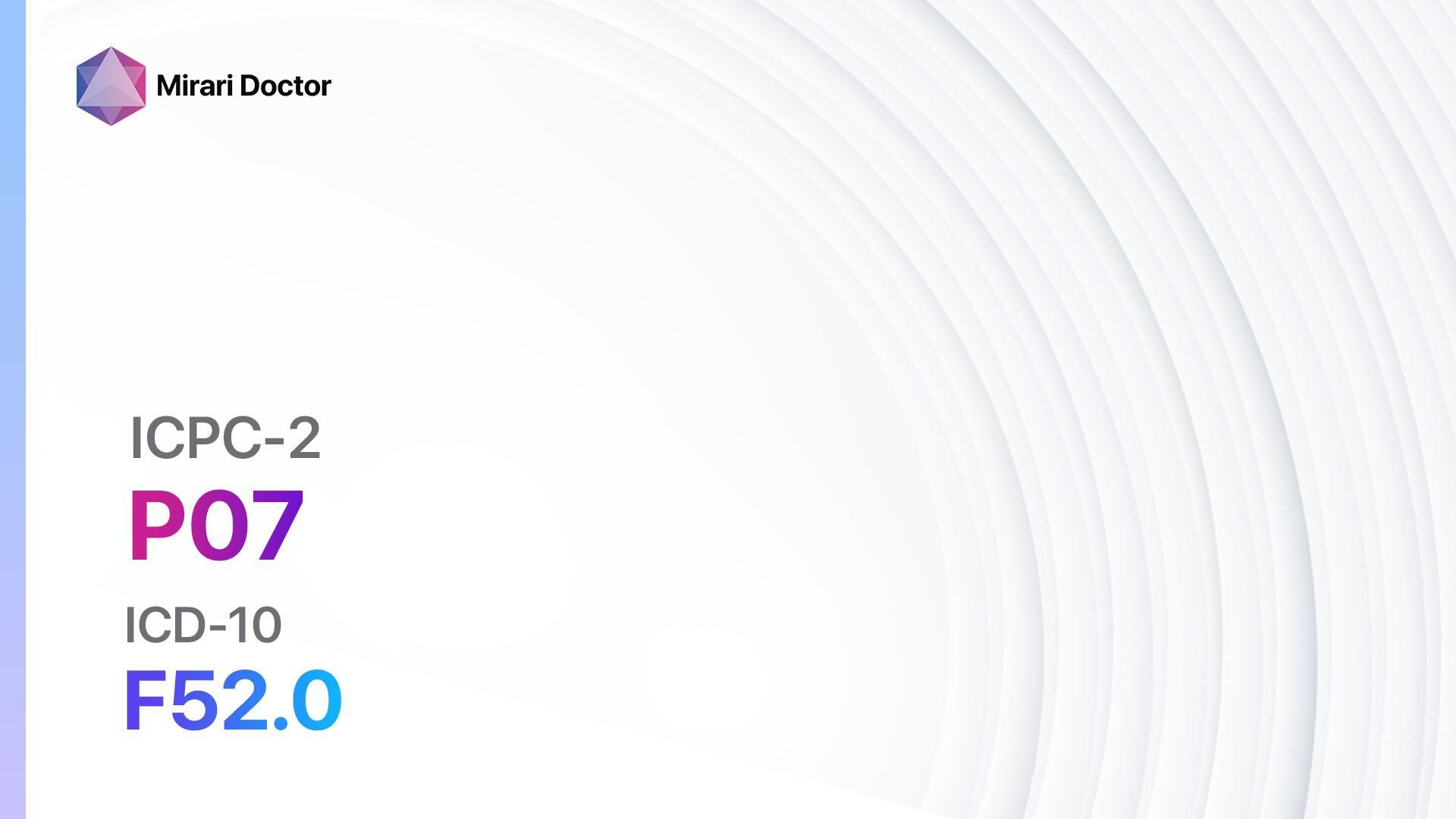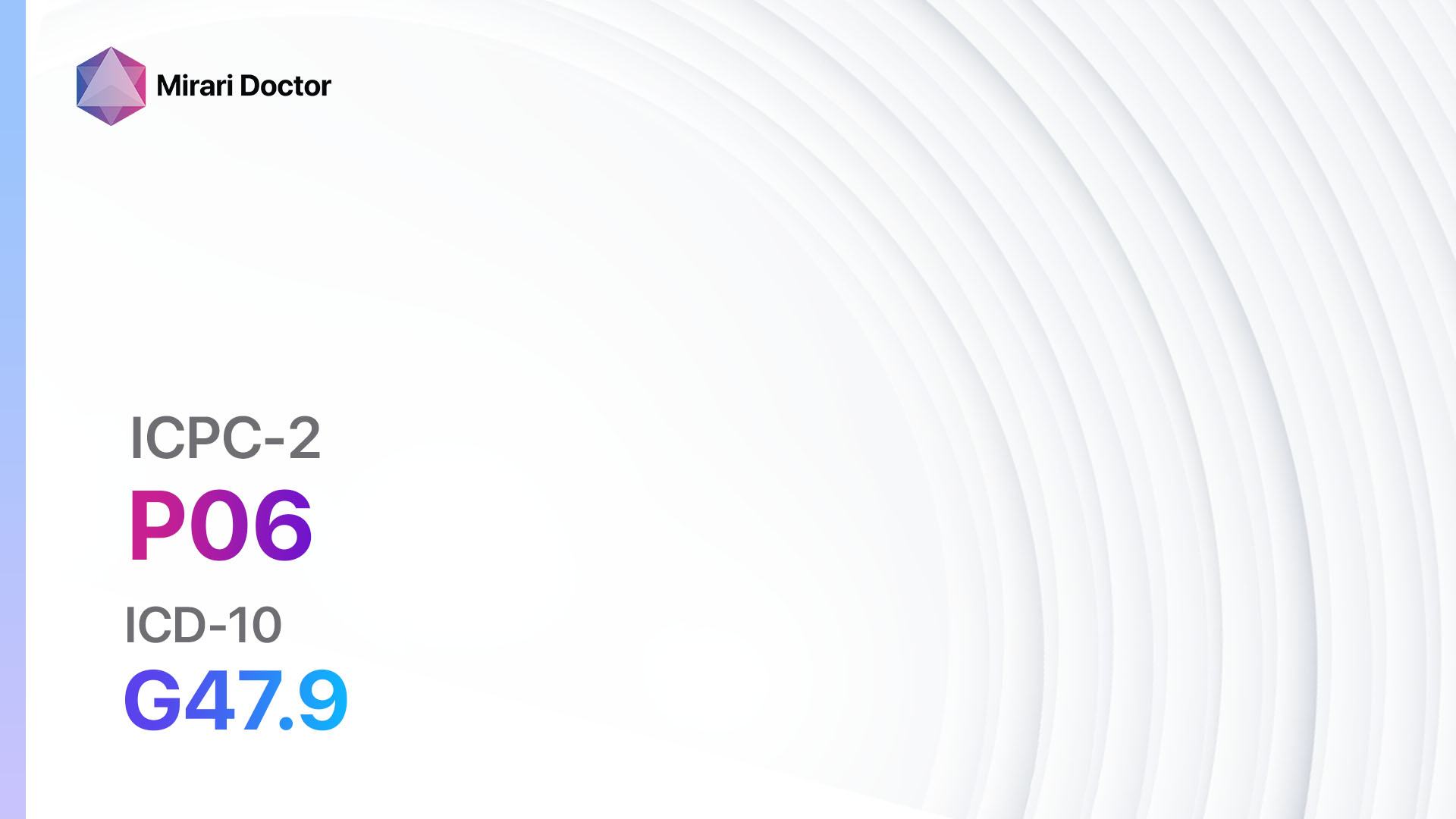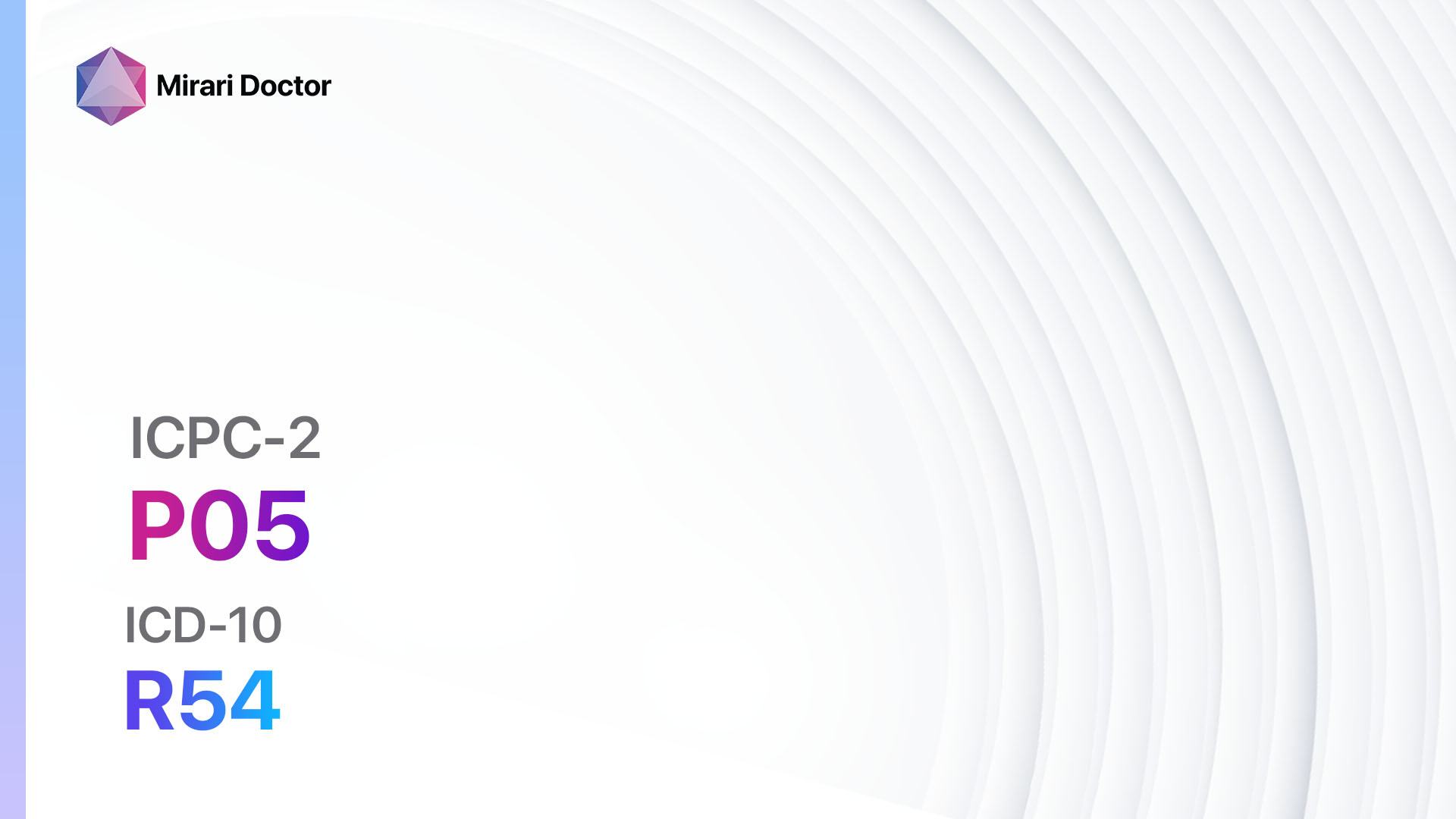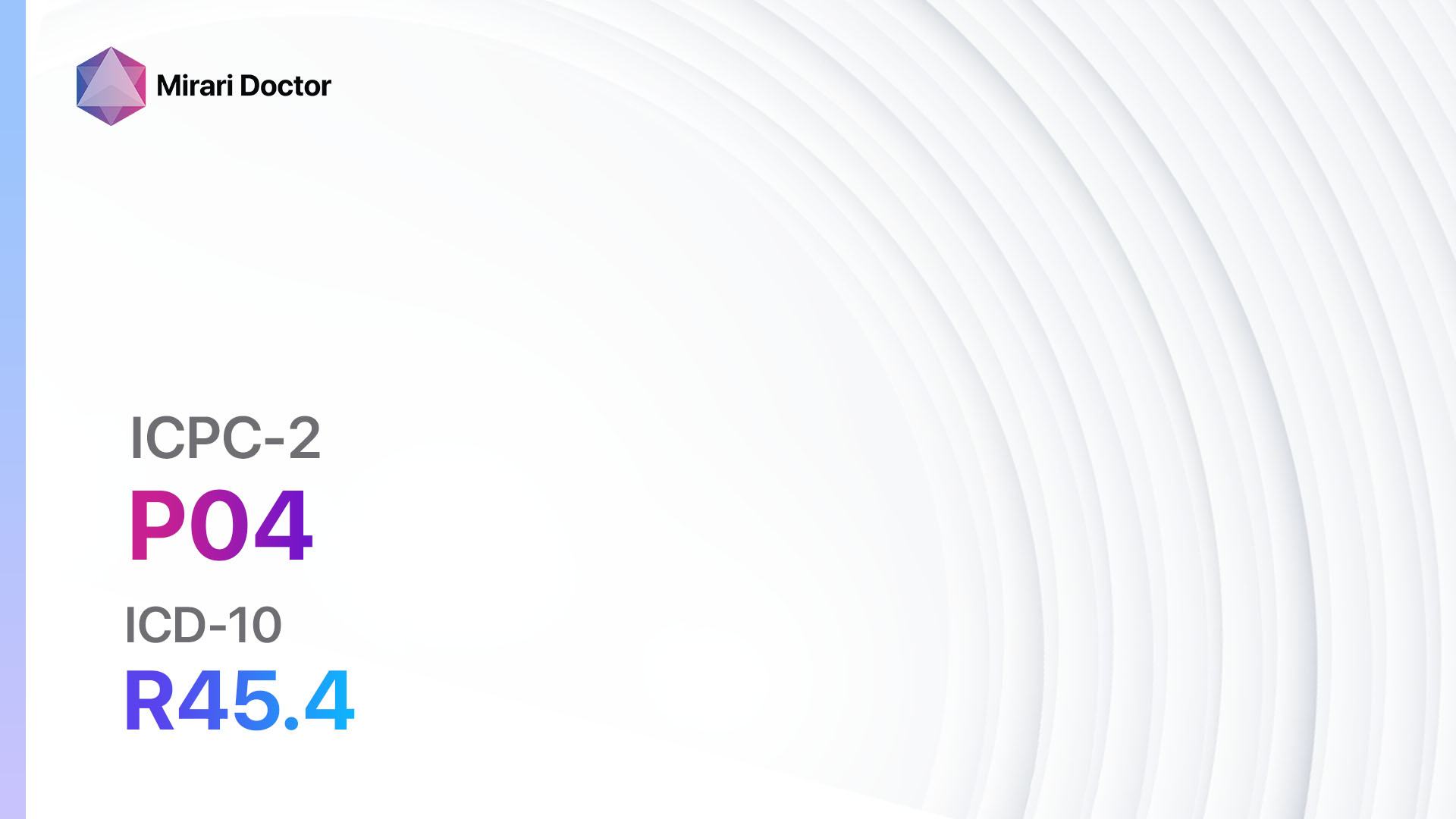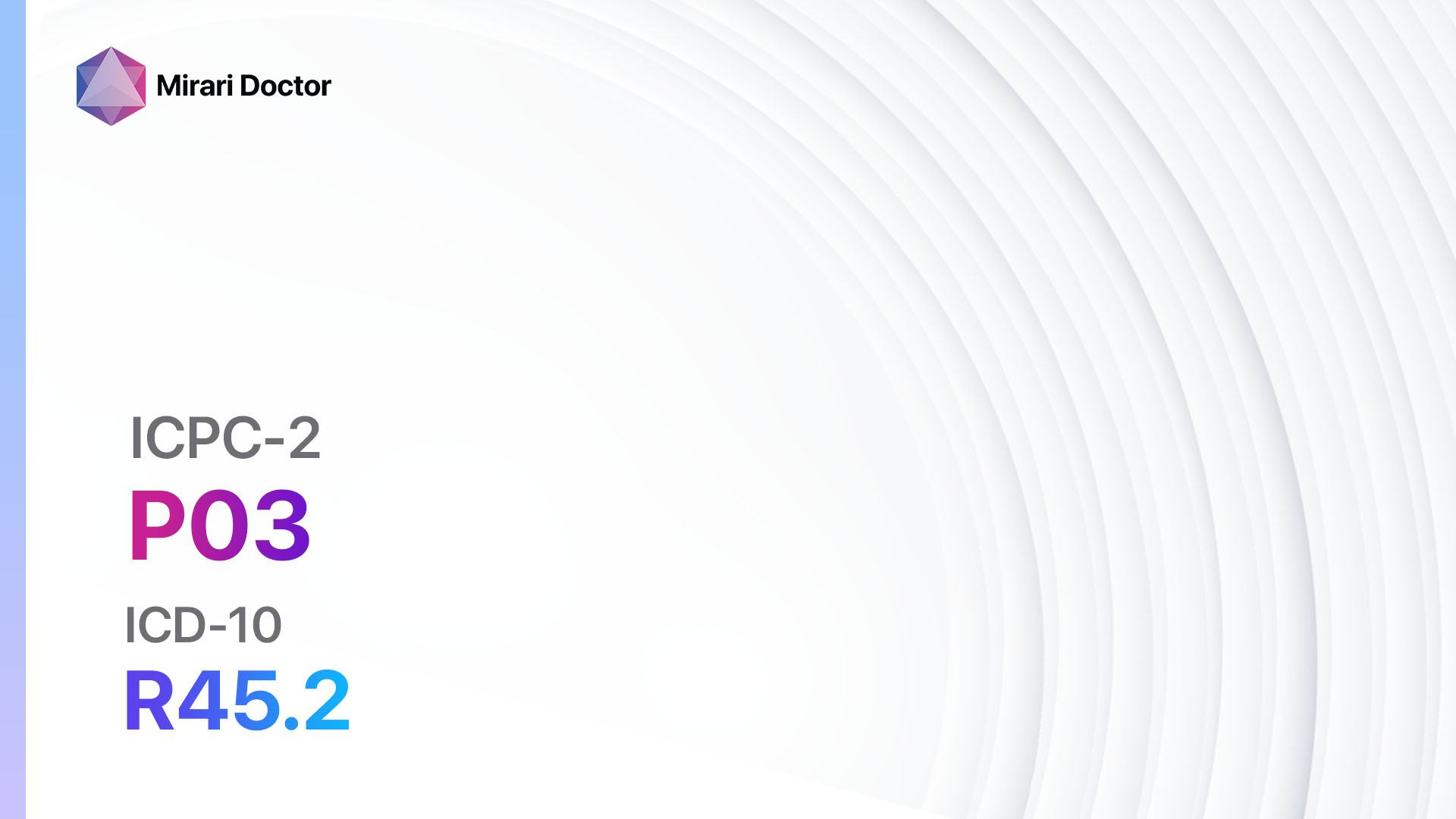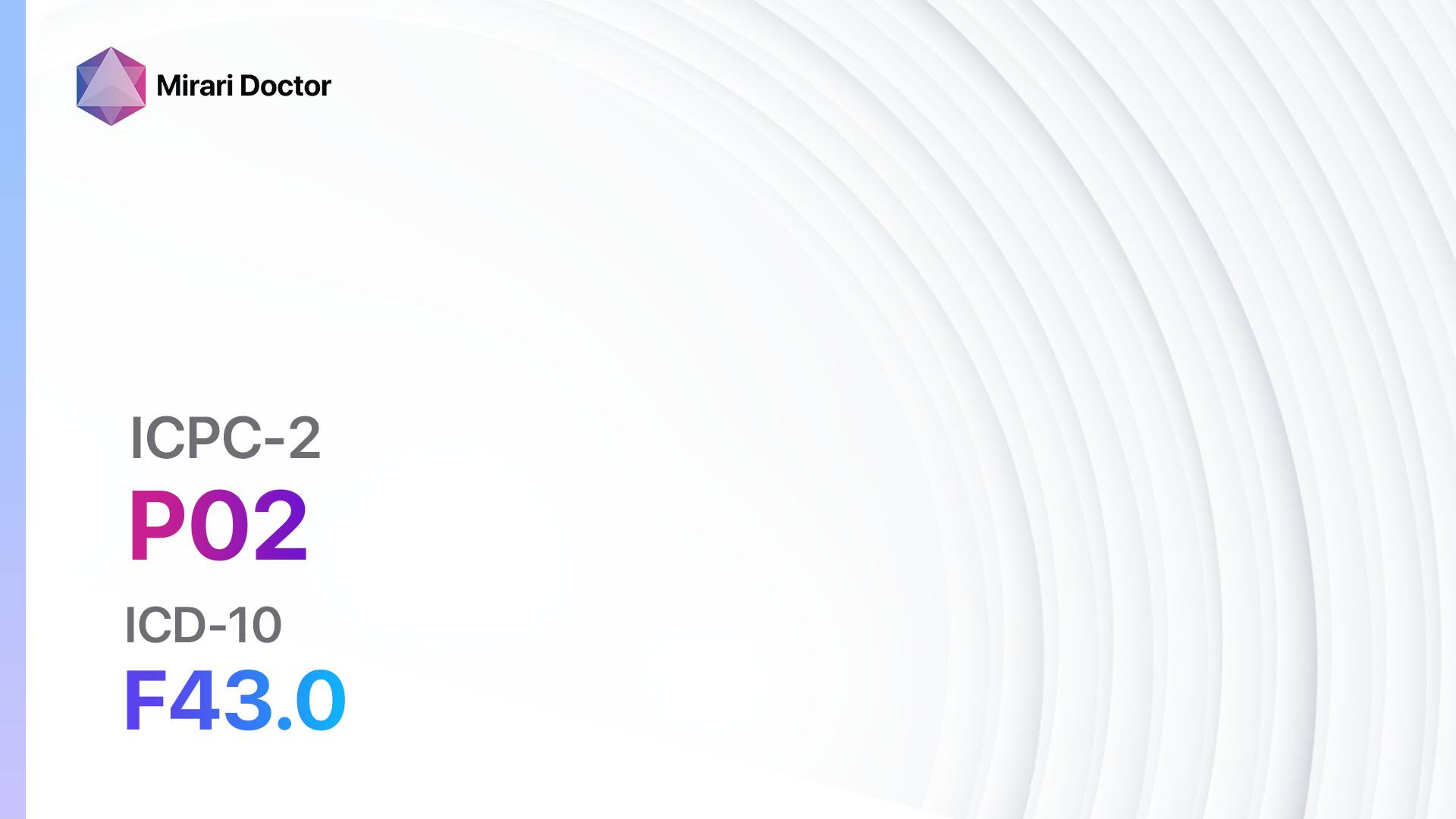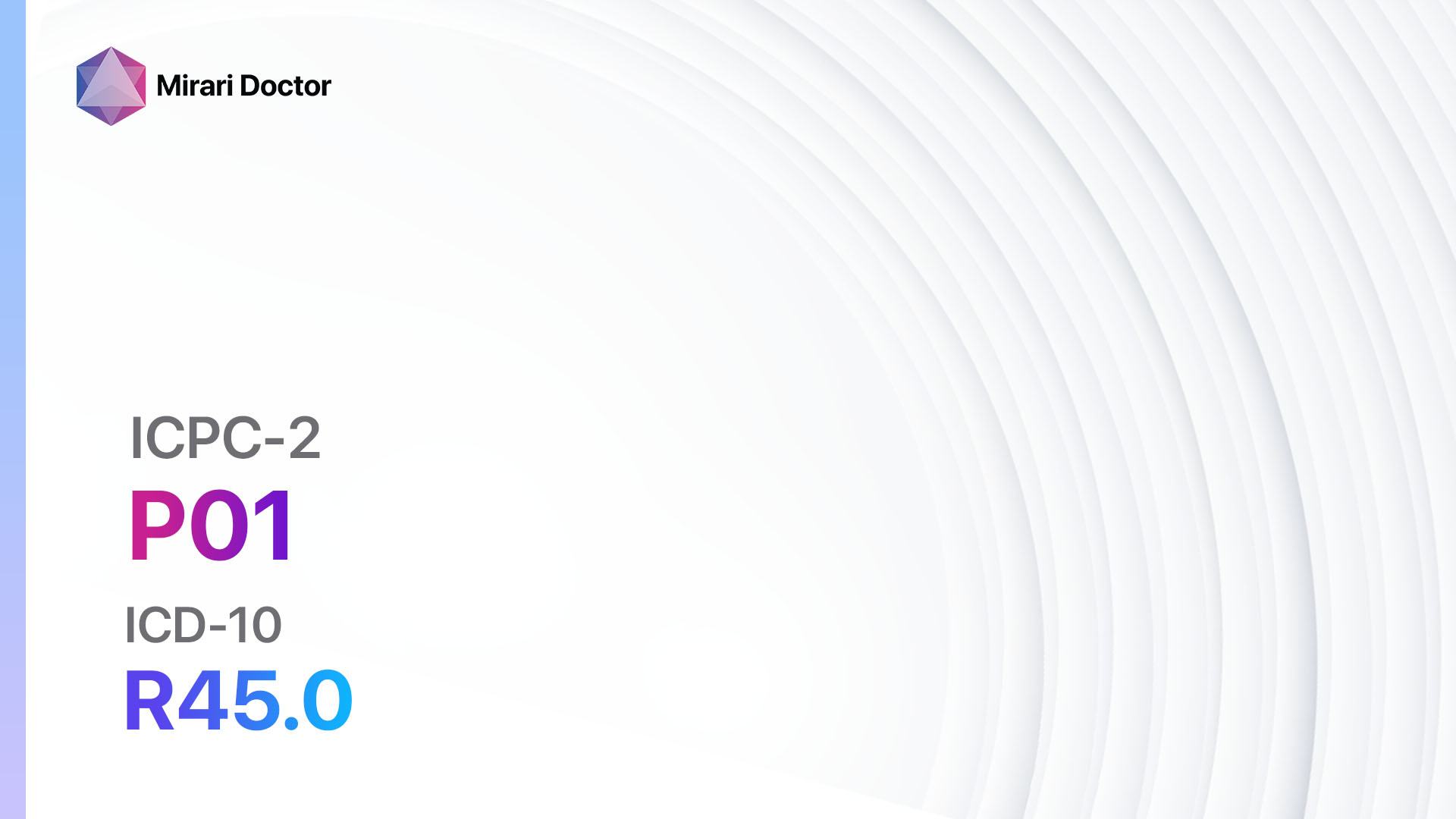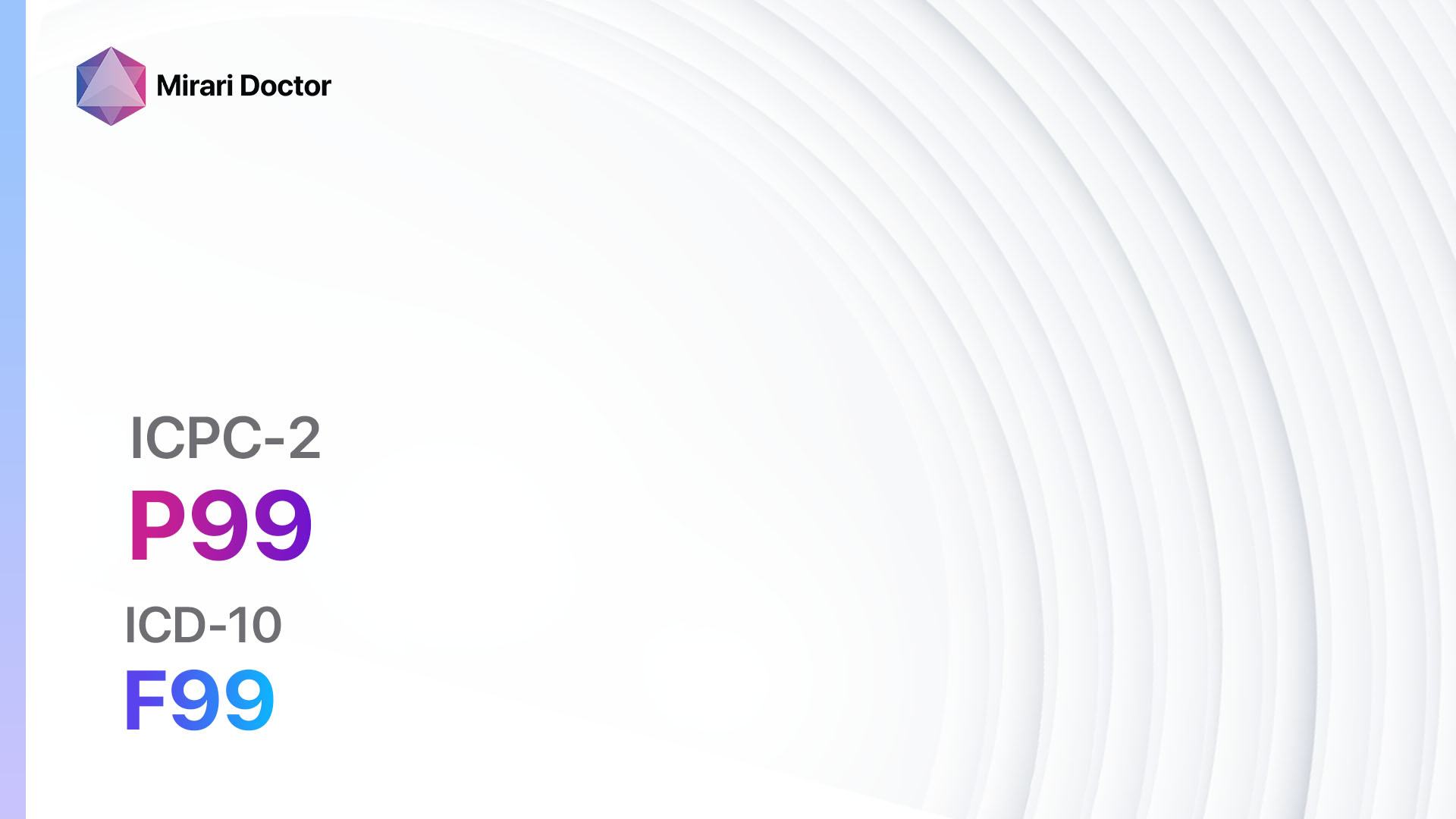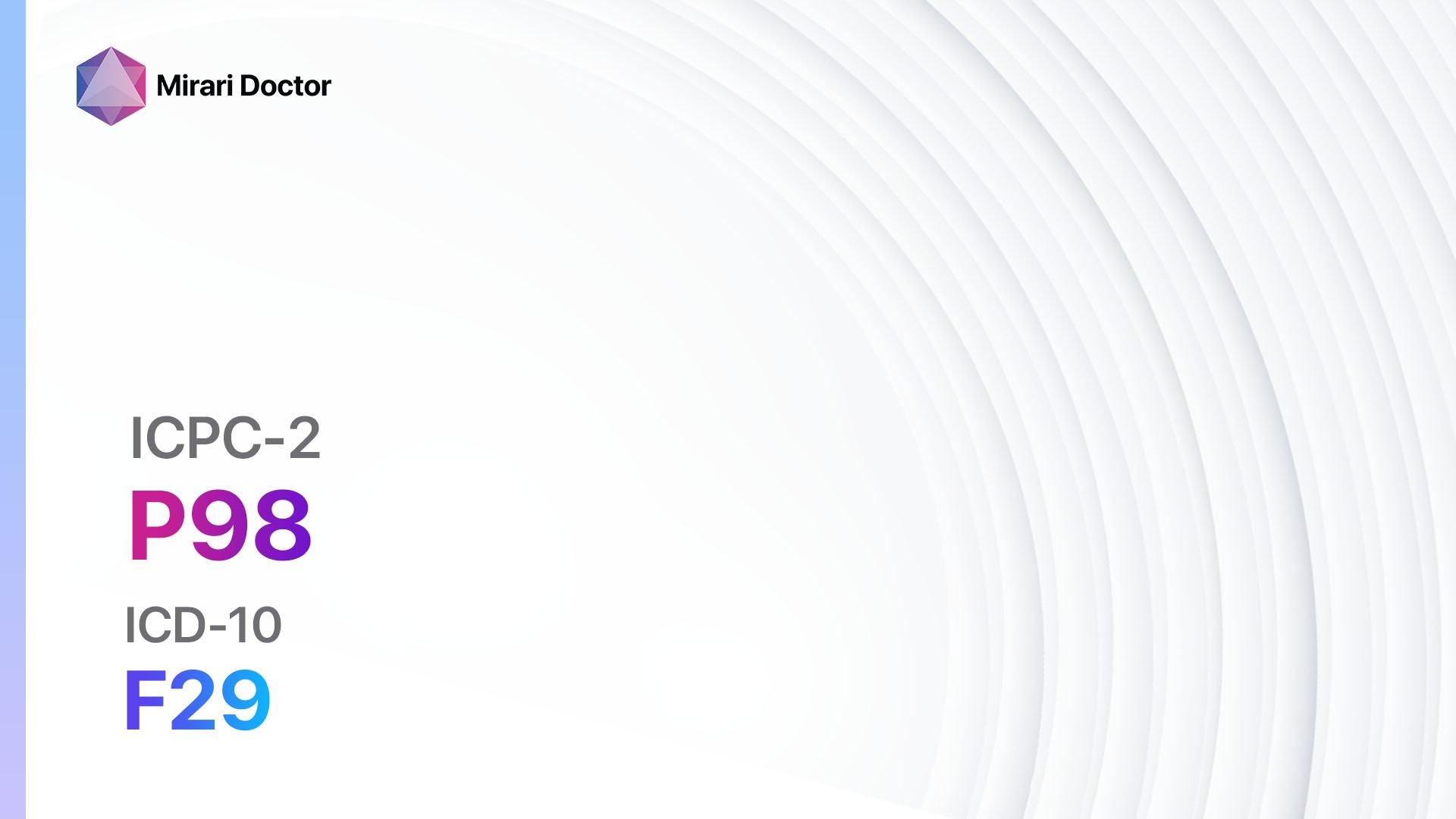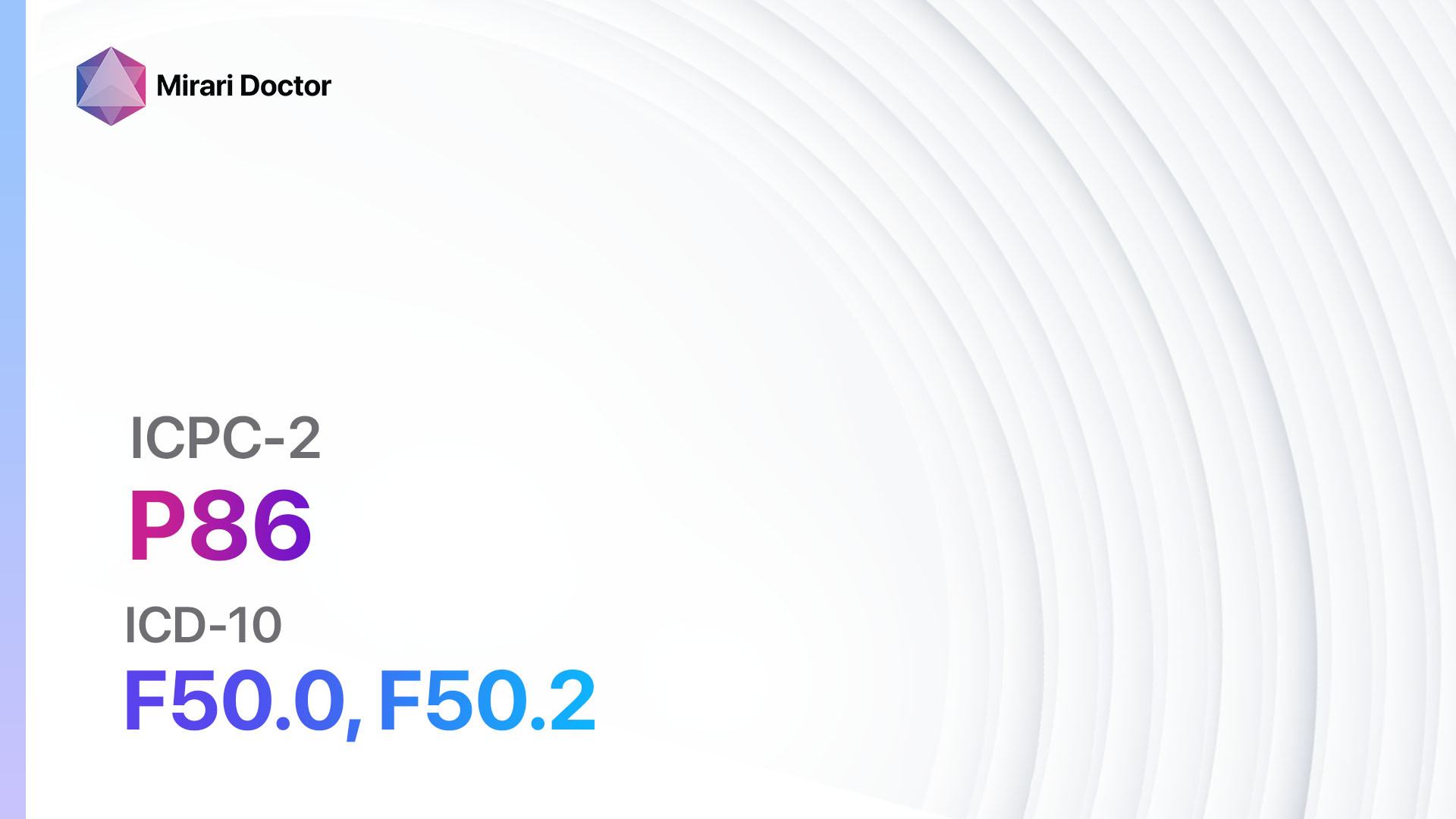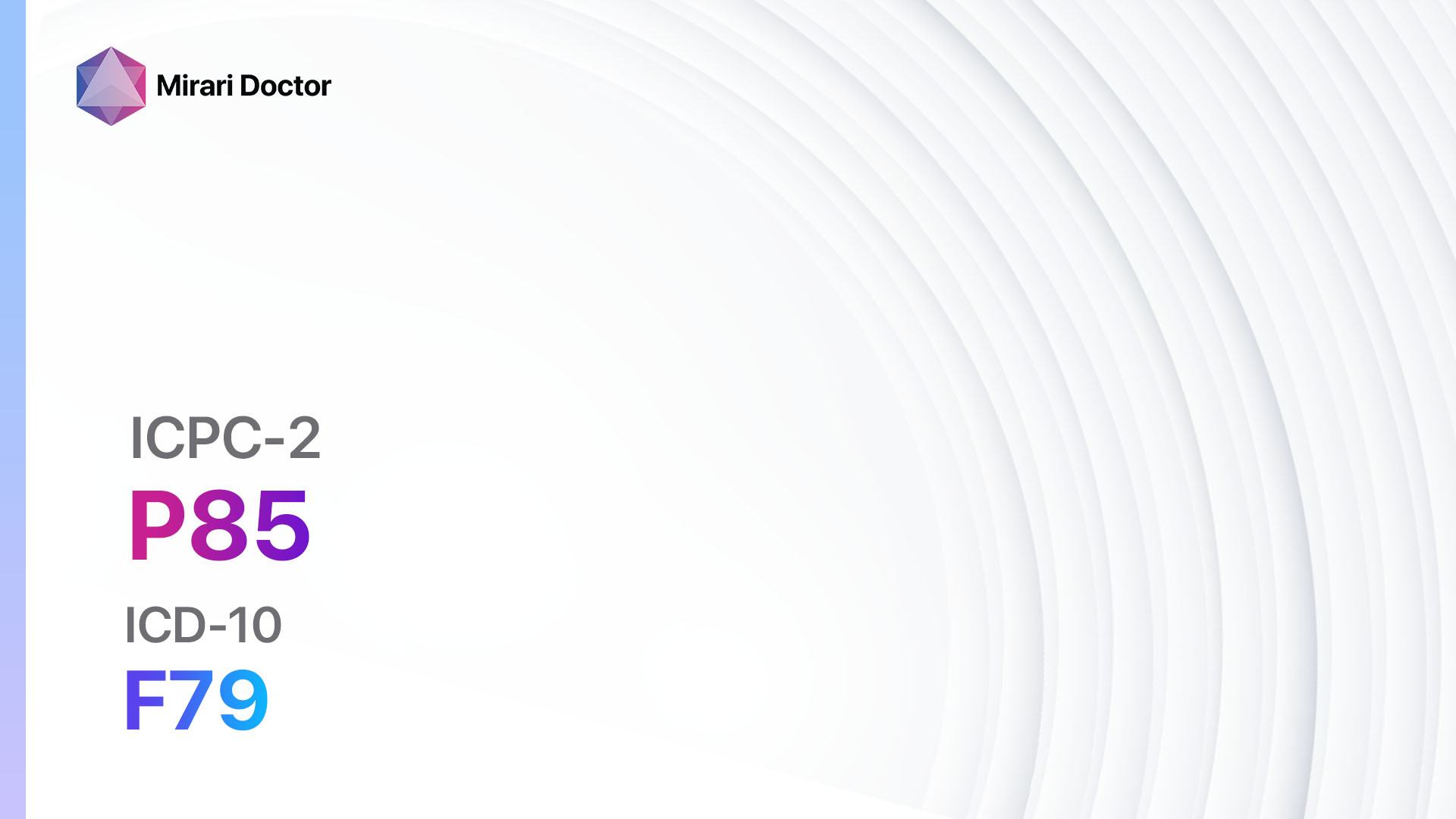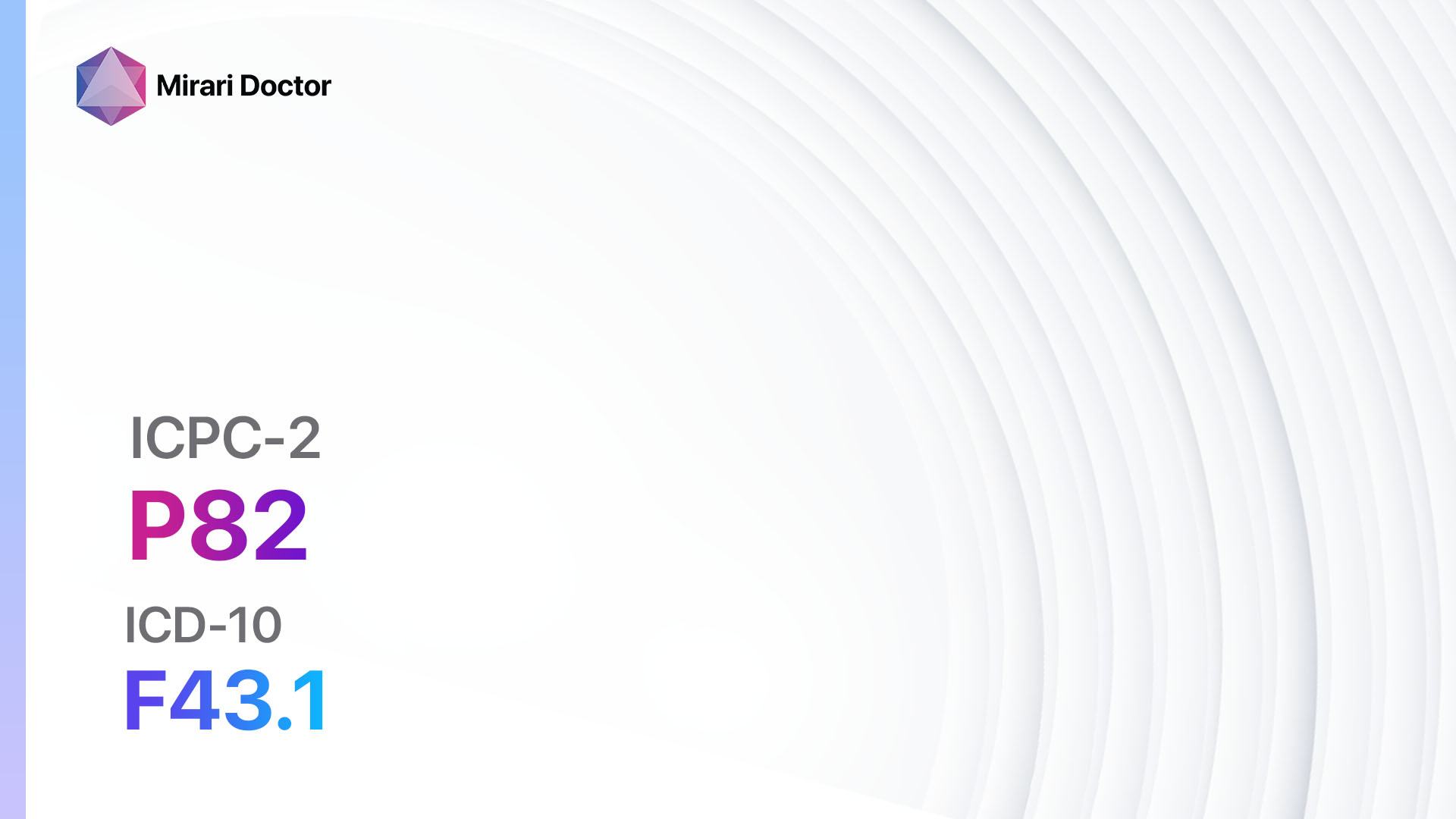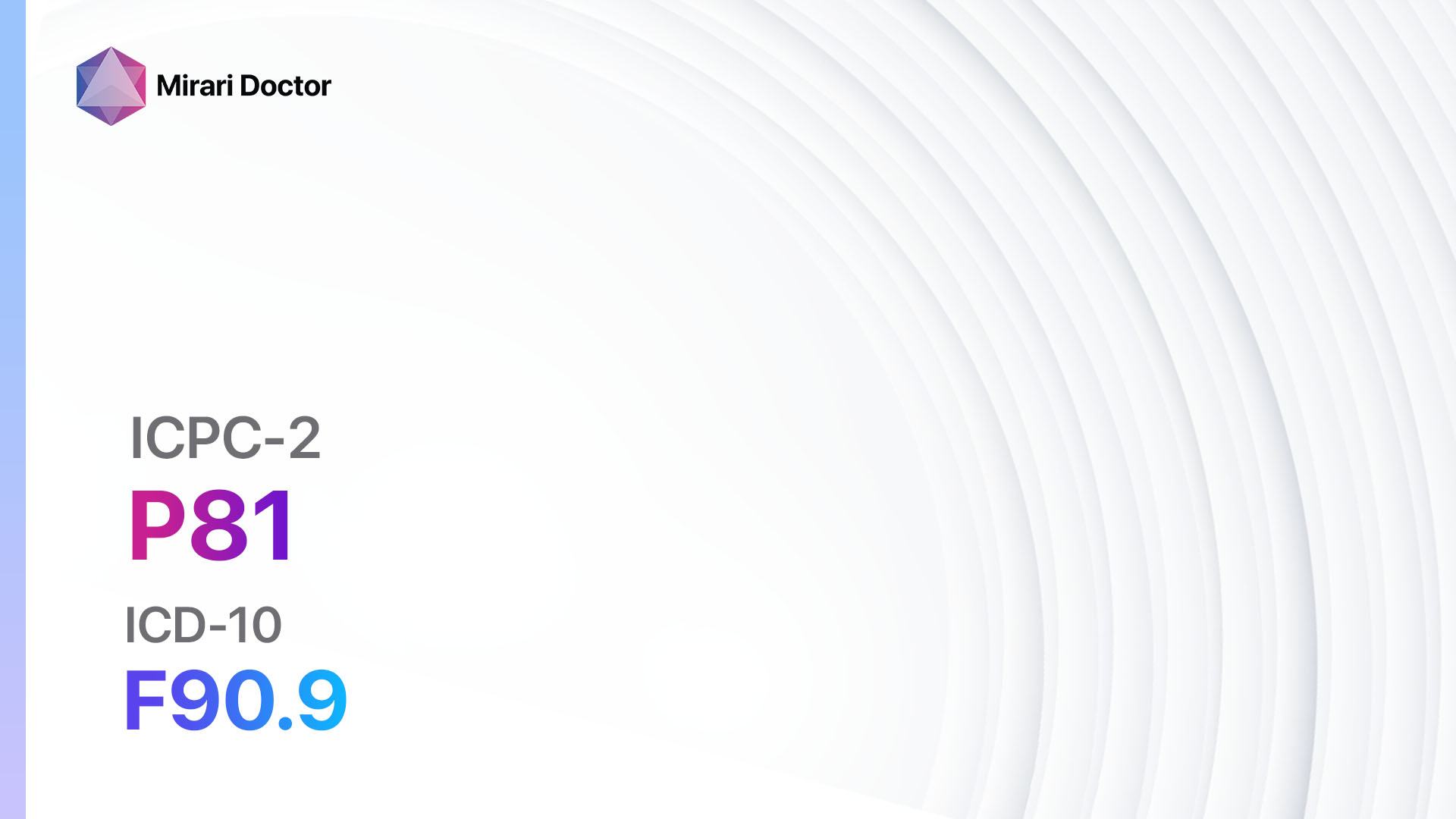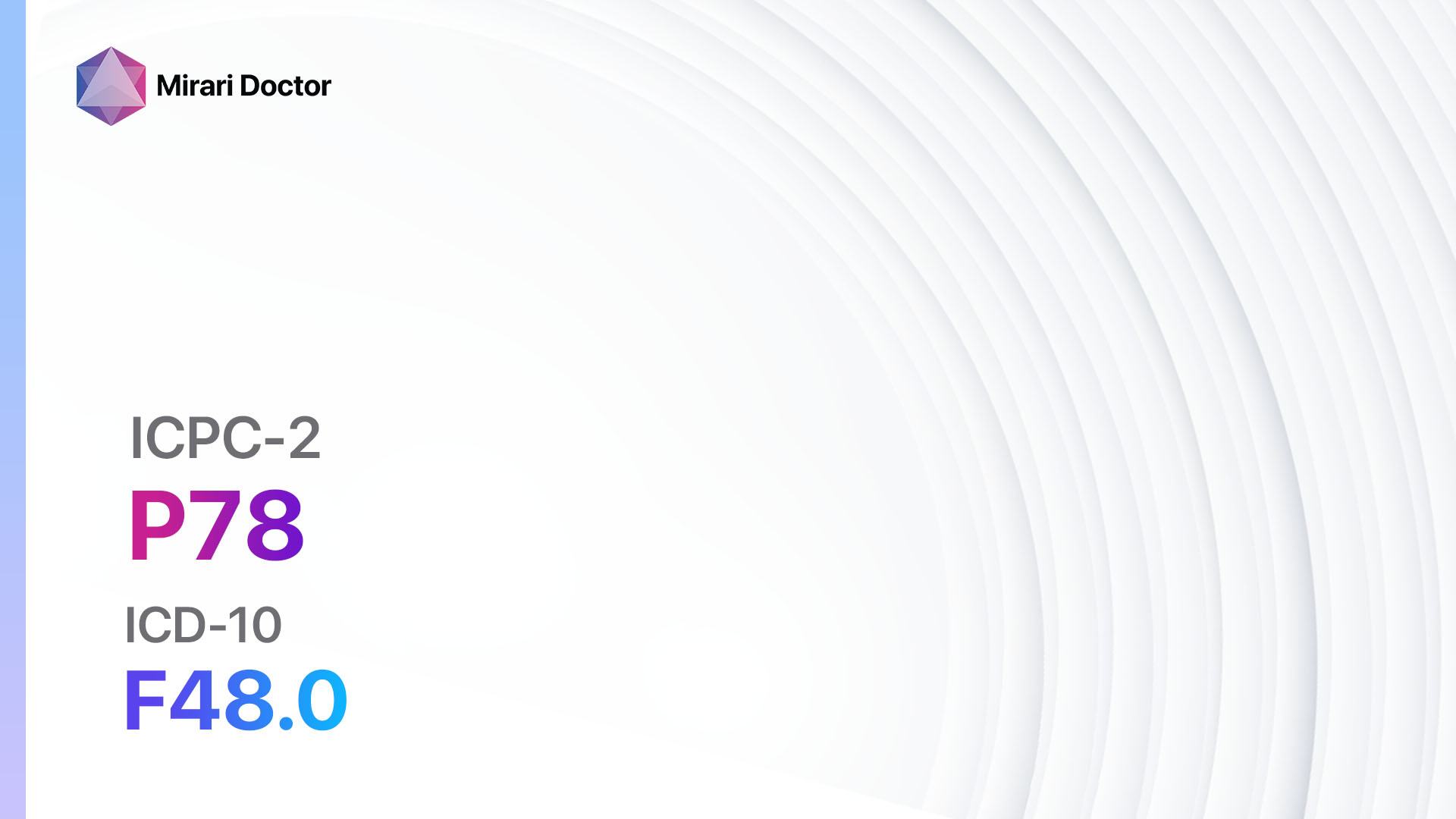
Introduction
Neurasthenia, also known as surmenage, is a condition characterized by chronic fatigue, mental exhaustion, and physical weakness[1]. It is often associated with stress, overwork, and emotional disturbances[2]. This guide aims to provide a comprehensive overview of the symptoms, causes, diagnostic steps, possible interventions, and lifestyle changes that can help manage and treat neurasthenia.
Codes
Symptoms
- Fatigue: Persistent and overwhelming tiredness, even after adequate rest[3].
- Mental exhaustion: Difficulty concentrating, memory problems, and reduced cognitive function[4].
- Physical weakness: Muscle weakness, lack of energy, and reduced physical stamina[5].
- Sleep disturbances: Insomnia, difficulty falling asleep or staying asleep[6].
- Irritability: Increased sensitivity to noise, light, and other stimuli, leading to irritability and mood swings[7].
- Anxiety and depression: Feelings of worry, sadness, and hopelessness[8].
- Headaches: Frequent headaches, often tension-type headaches[9].
- Digestive problems: Upset stomach, indigestion, and changes in appetite[10].
- Sexual dysfunction: Decreased libido, erectile dysfunction, and other sexual problems.
Causes
- Chronic stress: Prolonged exposure to stressors, such as work pressure, relationship problems, or financial difficulties.
- Overwork: Excessive workload, long working hours, and lack of rest or breaks.
- Emotional disturbances: Traumatic events, grief, anxiety, or depression can contribute to the development of neurasthenia.
- Lifestyle factors: Poor sleep habits, unhealthy diet, lack of exercise, and substance abuse can increase the risk of neurasthenia.
- Genetic predisposition: Some individuals may be more susceptible to developing neurasthenia due to genetic factors.
Diagnostic Steps
Medical History
- Gather information about the patient’s symptoms, including the duration, severity, and progression.
- Identify any risk factors, such as a history of chronic stress, overwork, or emotional disturbances.
- Assess the impact of symptoms on daily functioning, work performance, and relationships.
- Rule out other medical conditions that may present with similar symptoms, such as thyroid disorders or chronic fatigue syndrome.
Physical Examination
- Perform a thorough physical examination to rule out any underlying medical conditions that may be contributing to the symptoms.
- Pay attention to vital signs, general appearance, and signs of physical weakness or muscle wasting.
- Check for any signs of anxiety or depression, such as changes in facial expression, body language, or affect.
Laboratory Tests
- Blood tests: Measure complete blood count (CBC), thyroid function tests, and other relevant blood markers to rule out other medical conditions.
- Urine tests: Check for any abnormalities that may indicate kidney or urinary tract problems.
- Hormone levels: Assess hormone levels, such as cortisol and testosterone, to evaluate the impact of stress on the body.
- Vitamin and mineral levels: Determine if any deficiencies are contributing to the symptoms.
- Drug screening: Screen for substance abuse, as it can exacerbate or mimic symptoms of neurasthenia.
Diagnostic Imaging
- Neuroimaging: In some cases, neuroimaging techniques like MRI or CT scans may be used to rule out structural abnormalities in the brain that could be causing the symptoms.
- Electroencephalogram (EEG): Measures electrical activity in the brain and can help identify any abnormalities that may be contributing to the symptoms.
Other Tests
- Psychological assessment: Conduct a comprehensive psychological evaluation to assess for anxiety, depression, or other mental health conditions that may be present.
- Sleep study: In cases where sleep disturbances are prominent, a sleep study may be recommended to evaluate for sleep disorders, such as sleep apnea or restless leg syndrome.
Follow-up and Patient Education
- Schedule regular follow-up appointments to monitor the patient’s progress and adjust treatment as needed.
- Provide education on stress management techniques, relaxation exercises, and healthy lifestyle habits.
- Encourage the patient to seek support from family, friends, or support groups to help cope with the emotional and psychological aspects of neurasthenia.
Possible Interventions
Traditional Interventions
Medications:
Top 5 drugs for Neurasthenia/surmenage:
- Selective serotonin reuptake inhibitors (SSRIs) (e.g., Fluoxetine, Sertraline):
- Cost: Generic versions can be $3-$50/month.
- Contraindications: Hypersensitivity to SSRIs, concurrent use of monoamine oxidase inhibitors (MAOIs).
- Side effects: Nausea, headache, insomnia, sexual dysfunction.
- Severe side effects: Serotonin syndrome, suicidal thoughts.
- Drug interactions: MAOIs, other serotonergic drugs.
- Warning: May take several weeks to achieve therapeutic effect.
- Benzodiazepines (e.g., Diazepam, Lorazepam):
- Cost: Generic versions can be $4-$30/month.
- Contraindications: History of substance abuse, respiratory insufficiency.
- Side effects: Sedation, dizziness, impaired coordination.
- Severe side effects: Respiratory depression, paradoxical reactions.
- Drug interactions: Alcohol, opioids, other CNS depressants.
- Warning: Risk of dependence and withdrawal symptoms with long-term use.
- Beta-blockers (e.g., Propranolol, Atenolol):
- Cost: Generic versions can be $4-$30/month.
- Contraindications: Severe bradycardia, heart block, uncontrolled heart failure.
- Side effects: Fatigue, dizziness, bradycardia.
- Severe side effects: Bronchospasm, heart block.
- Drug interactions: Calcium channel blockers, insulin.
- Warning: Should not be abruptly stopped.
- Antidepressants (e.g., Amitriptyline, Venlafaxine):
- Cost: Generic versions can be $4-$30/month.
- Contraindications: Hypersensitivity to tricyclic antidepressants (TCAs), recent myocardial infarction.
- Side effects: Dry mouth, constipation, blurred vision.
- Severe side effects: Cardiac arrhythmias, serotonin syndrome.
- Drug interactions: MAOIs, other serotonergic drugs.
- Warning: May take several weeks to achieve therapeutic effect.
- Antipsychotics (e.g., Quetiapine, Risperidone):
- Cost: Generic versions can be $4-$30/month.
- Contraindications: Hypersensitivity to antipsychotics, dementia-related psychosis.
- Side effects: Sedation, weight gain, extrapyramidal symptoms.
- Severe side effects: Neuroleptic malignant syndrome, tardive dyskinesia.
- Drug interactions: Other antipsychotics, CNS depressants.
- Warning: Increased risk of mortality in elderly patients with dementia-related psychosis.
Alternative Drugs:
- Herbal supplements: Certain herbal supplements, such as St. John’s wort and Valerian root, may have potential benefits for reducing anxiety and improving sleep. Cost: Varies depending on the specific supplement.
- Adaptogens: Natural substances like Ashwagandha and Rhodiola rosea that help the body adapt to stress. Cost: Varies depending on the specific supplement.
- Melatonin: A hormone that regulates sleep-wake cycles and may help improve sleep quality. Cost: $5-$20/month.
- L-theanine: An amino acid found in green tea that has calming effects and may help reduce anxiety. Cost: $10-$30/month.
- Magnesium: A mineral that plays a role in relaxation and stress reduction. Cost: $5-$20/month.
Psychological Interventions:
- Cognitive-behavioral therapy (CBT): A type of therapy that helps individuals identify and change negative thought patterns and behaviors that contribute to their symptoms. Cost: $100-$200 per session.
- Mindfulness-based stress reduction (MBSR): A practice that combines mindfulness meditation, yoga, and body awareness to reduce stress and promote well-being. Cost: $200-$500 for an 8-week program.
- Relaxation techniques: Techniques such as deep breathing exercises, progressive muscle relaxation, and guided imagery can help reduce stress and promote relaxation. Cost: Varies depending on the specific technique and resources used.
- Supportive therapy: Individual or group therapy sessions that provide emotional support, validation, and guidance for coping with the challenges of neurasthenia. Cost: $50-$150 per session.
Lifestyle Interventions
- Stress management: Engaging in stress-reducing activities such as exercise, meditation, yoga, or hobbies can help manage symptoms of neurasthenia. Cost: Varies depending on the specific activity.
- Healthy sleep habits: Establishing a regular sleep schedule, creating a relaxing bedtime routine, and optimizing sleep environment can improve sleep quality. Cost: Varies depending on the specific changes made.
- Regular exercise: Engaging in regular physical activity, such as walking, jogging, or swimming, can improve mood, reduce stress, and increase energy levels. Cost: Varies depending on the specific activity.
- Healthy diet: Consuming a balanced diet rich in fruits, vegetables, whole grains, and lean proteins can provide essential nutrients and support overall well-being. Cost: Varies depending on individual food choices.
- Social support: Building and maintaining strong social connections with family, friends, or support groups can provide emotional support and reduce feelings of isolation. Cost: Varies depending on individual preferences and activities.
It is important to note that the cost ranges provided are approximate and may vary depending on the location and availability of the interventions. It is recommended to consult with healthcare professionals and insurance providers for accurate cost information and coverage options.
Mirari Cold Plasma Alternative Intervention
Understanding Mirari Cold Plasma
- Safe and Non-Invasive Treatment: Mirari Cold Plasma is a safe and non-invasive treatment option for various skin conditions. It does not require incisions, minimizing the risk of scarring, bleeding, or tissue damage.
- Efficient Extraction of Foreign Bodies: Mirari Cold Plasma facilitates the removal of foreign bodies from the skin by degrading and dissociating organic matter, allowing easier access and extraction.
- Pain Reduction and Comfort: Mirari Cold Plasma has a local analgesic effect, providing pain relief during the treatment, making it more comfortable for the patient.
- Reduced Risk of Infection: Mirari Cold Plasma has antimicrobial properties, effectively killing bacteria and reducing the risk of infection.
- Accelerated Healing and Minimal Scarring: Mirari Cold Plasma stimulates wound healing and tissue regeneration, reducing healing time and minimizing the formation of scars.
Mirari Cold Plasma Prescription
Video instructions for using Mirari Cold Plasma Device – P78 Neurasthenia/surmenage (ICD-10:F48.0)
| Mild | Moderate | Severe |
| Mode setting: 2 (Wound Healing) Location: 7 (Neuro system & ENT) Morning: 15 minutes, Evening: 15 minutes |
Mode setting: 2 (Wound Healing) Location: 7 (Neuro system & ENT) Morning: 30 minutes, Lunch: 30 minutes, Evening: 30 minutes |
Mode setting: 2 (Wound Healing) Location: 7 (Neuro system & ENT) Morning: 30 minutes, Lunch: 30 minutes, Evening: 30 minutes |
| Mode setting: 7 (Immunotherapy) Location: 1 (Sacrum) Morning: 15 minutes, Evening: 15 minutes |
Mode setting: 7 (Immunotherapy) Location: 1 (Sacrum) Morning: 30 minutes, Lunch: 30 minutes, Evening: 30 minutes |
Mode setting: 7 (Immunotherapy) Location: 1 (Sacrum) Morning: 30 minutes, Lunch: 30 minutes, Evening: 30 minutes |
| Total Morning: 30 minutes approx. $5 USD, Evening: 30 minutes approx. $5 USD |
Total Morning: 60 minutes approx. $10 USD, Lunch: 60 minutes approx. $10 USD, Evening: 60 minutes approx. $10 USD, |
Total Morning: 60 minutes approx. $10 USD, Lunch: 60 minutes approx. $10 USD, Evening: 60 minutes approx. $10 USD, |
| Usual treatment for 7-60 days approx. $70 USD – $600 USD | Usual treatment for 6-8 weeks approx. $1,260 USD – $1,680 USD |
Usual treatment for 3-6 months approx. $2,700 USD – $5,400 USD
|
 |
|
Use the Mirari Cold Plasma device to treat Neurasthenia/surmenage effectively.
WARNING: MIRARI COLD PLASMA IS DESIGNED FOR THE HUMAN BODY WITHOUT ANY ARTIFICIAL OR THIRD PARTY PRODUCTS. USE OF OTHER PRODUCTS IN COMBINATION WITH MIRARI COLD PLASMA MAY CAUSE UNPREDICTABLE EFFECTS, HARM OR INJURY. PLEASE CONSULT A MEDICAL PROFESSIONAL BEFORE COMBINING ANY OTHER PRODUCTS WITH USE OF MIRARI.
Step 1: Cleanse the Skin
- Start by cleaning the affected area of the skin with a gentle cleanser or mild soap and water. Gently pat the area dry with a clean towel.
Step 2: Prepare the Mirari Cold Plasma device
- Ensure that the Mirari Cold Plasma device is fully charged or has fresh batteries as per the manufacturer’s instructions. Make sure the device is clean and in good working condition.
- Switch on the Mirari device using the power button or by following the specific instructions provided with the device.
- Some Mirari devices may have adjustable settings for intensity or treatment duration. Follow the manufacturer’s instructions to select the appropriate settings based on your needs and the recommended guidelines.
Step 3: Apply the Device
- Place the Mirari device in direct contact with the affected area of the skin. Gently glide or hold the device over the skin surface, ensuring even coverage of the area experiencing.
- Slowly move the Mirari device in a circular motion or follow a specific pattern as indicated in the user manual. This helps ensure thorough treatment coverage.
Step 4: Monitor and Assess:
- Keep track of your progress and evaluate the effectiveness of the Mirari device in managing your Neurasthenia/surmenage. If you have any concerns or notice any adverse reactions, consult with your health care professional.
Note
This guide is for informational purposes only and should not replace the advice of a medical professional. Always consult with your healthcare provider or a qualified medical professional for personal advice, diagnosis, or treatment. Do not solely rely on the information presented here for decisions about your health. Use of this information is at your own risk. The authors of this guide, nor any associated entities or platforms, are not responsible for any potential adverse effects or outcomes based on the content.
Mirari Cold Plasma System Disclaimer
- Purpose: The Mirari Cold Plasma System is a Class 2 medical device designed for use by trained healthcare professionals. It is registered for use in Thailand and Vietnam. It is not intended for use outside of these locations.
- Informational Use: The content and information provided with the device are for educational and informational purposes only. They are not a substitute for professional medical advice or care.
- Variable Outcomes: While the device is approved for specific uses, individual outcomes can differ. We do not assert or guarantee specific medical outcomes.
- Consultation: Prior to utilizing the device or making decisions based on its content, it is essential to consult with a Certified Mirari Tele-Therapist and your medical healthcare provider regarding specific protocols.
- Liability: By using this device, users are acknowledging and accepting all potential risks. Neither the manufacturer nor the distributor will be held accountable for any adverse reactions, injuries, or damages stemming from its use.
- Geographical Availability: This device has received approval for designated purposes by the Thai and Vietnam FDA. As of now, outside of Thailand and Vietnam, the Mirari Cold Plasma System is not available for purchase or use.
References
- Beard, G. M. (1869). Neurasthenia, or nervous exhaustion. The Boston Medical and Surgical Journal, 80(13), 217-221.
- Wessely, S. (1990). Old wine in new bottles: neurasthenia and ‘ME’. Psychological Medicine, 20(1), 35-53.
- Hickie, I., Hadzi-Pavlovic, D., & Ricci, C. (1997). Reviving the diagnosis of neurasthenia. Psychological Medicine, 27(5), 989-994.
- Chaudhuri, A., & Behan, P. O. (2004). Fatigue in neurological disorders. The Lancet, 363(9413), 978-988.
- Afari, N., & Buchwald, D. (2003). Chronic fatigue syndrome: a review. American Journal of Psychiatry, 160(2), 221-236.
- Moldofsky, H. (2001). Sleep and pain. Sleep Medicine Reviews, 5(5), 385-396.
- Barsky, A. J., & Borus, J. F. (1999). Functional somatic syndromes. Annals of Internal Medicine, 130(11), 910-921.
- Henningsen, P., Zimmermann, T., & Sattel, H. (2003). Medically unexplained physical symptoms, anxiety, and depression: a meta‐analytic review. Psychosomatic Medicine, 65(4), 528-533.
- Rasmussen, B. K. (1993). Migraine and tension-type headache in a general population: precipitating factors, female hormones, sleep pattern and relation to lifestyle. Pain, 53(1), 65-72.
- Mayer, E. A., Craske, M., & Naliboff, B. D. (2001). Depression, anxiety, and the gastrointestinal system. The Journal of Clinical Psychiatry, 62, 28-36.
Related articles
Made in USA


